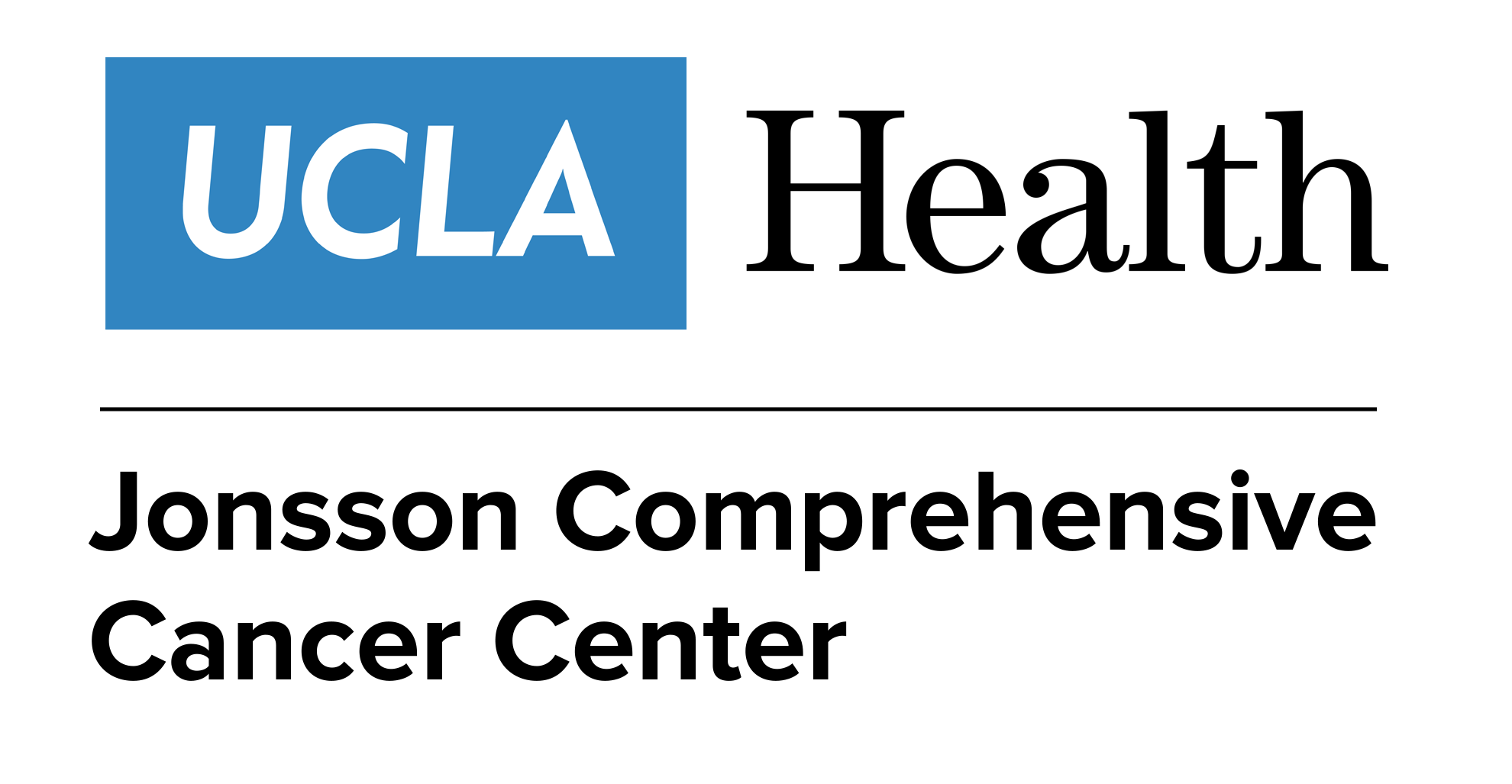- Advertise
- About OncLive
- Editorial Board
- MJH Life Sciences brands
- Contact Us
- Privacy
- Terms & Conditions
- Do Not Sell My Information
2 Clarke Drive
Suite 100
Cranbury, NJ 08512
© 2024 MJH Life Sciences™ and OncLive - Clinical Oncology News, Cancer Expert Insights. All rights reserved.
Sasine Highlights Strides With CAR T-Cell Therapy in Hematologic Cancers
Joshua P. Sasine, MD, PhD, spotlights some of the strategies under investigation to improve the safety and efficacy of CAR T-cell therapy in hematologic malignancies.
Joshua P. Sasine, MD, PhD
The reach of CAR T-cell therapy is expanding, explained Joshua P. Sasine, MD, PhD, and with each additional analysis, the field of hematologic oncology is learning how to maximize the safety and efficacy of each emergent product.
“Now we have longer follow-up from the original clinical trials that continues to show the benefit patients are experiencing from the treatment,” said Sasine. “We are also learning more about how to use these products, including how to make them safer and [we’re getting better at being able to] predict who and when patients will derive the most benefit.”
Currently, there are 2 FDA-approved CD19-directed CAR T-cell therapies, axicabtagene ciloleucel (axi-cel; Yescarta) and tisagenlecleucel (Kymriah), which have both demonstrated encouraging clinical activity.
Notably, axi-cel, which is approved for patients with relapsed/refractory non-Hodgkin lymphoma (NHL), showed a 2-year overall survival rate of 51% in patients with refractory large B-cell lymphoma in the phase II ZUMA-1 trial.1 Moreover, real-world data with axi-cel also showed comparative data to that of the ZUMA-1 study.2
Additional excitement is being generated by the CD19-directed therapy lisocabtagene maraleucel (liso-cel; JCAR017). In addition to showing a durable complete response rate of 46% at 6 months in patients with high-risk diffuse large B-cell lymphoma, the agent showed a low incidence of high-grade treatment-related adverse events.3
In an interview during the 2019 OncLive® State of the Science Summit™ on Hematologic Malignancies, Sasine, clinical instructor of medicine, hematologist, and oncologist at the University of California, Los Angeles, spotlighted some of the strategies under investigation to improve the safety and efficacy of CAR T-cell therapy in hematologic malignancies.
OncLive: Could you discuss recent developments with CAR T-cell therapy in hematologic oncology?
Sasine: Developments regarding CAR T cells are very exciting. We are making these products safer by virtue of decreasing toxicity by inhibiting one of the cytokines involved in the neurotoxicity [associated with] these CAR T cells. Another avenue we have explored is bispecific CAR T cells, which are designed to eliminate one of the escape routes that cancer cells use to avoid recognition.
Could you highlight the long-term data that have been reported with liso-cel?
Liso-cel looks very exciting. One of the most interesting aspects of liso-cel is that it's an outpatient regimen. Moreover, the toxicity seems to be lower than what we are seeing with most of the other CAR T-cell products that we have. We look forward to being able to use that.
What have the longer-term data with axi-cel shown?
We now have real-world experience using axi-cel; these data were presented at the 2018 ASH Annual Meeting and look remarkably similar to the clinical trial data. In older patients who are less fit there might be slightly decreased effectiveness [with this product], but the toxicity looks comparable and the efficacy data still look remarkable.
What are some of the strategies that are being looked at to increase the safety of these agents?
One way we are trying to ameliorate the toxicity, particularly the neurotoxicity, is with an inhibitor of interleukin-1 called anakinra (Kineret). We have a trial that is about to open at UCLA; it will be very exciting because neurotoxicity can be difficult to control. This event is also associated with a worse outcome, so we are hoping that if we can take that part away, it will make patients feel better while they undergo therapy and increase its efficacy.
What steps are being taken to predict who will benefit from the therapy?
It's hard to say on an individual level who is going to benefit the most, but we're getting closer [to finding out]. Collectively, we know that there are certain cytokine profiles both before and after CAR T cells are given that are associated with long-term durable remissions. There are also certain characteristics of the therapy in general that can associate it with a positive outcome. For example, one of them is the depth of lymphodepletion for the CAR T cells. That's something that we can modify, whereas other aspects are unmodifiable but are helpful for predicting response.
Are there any emerging products besides liso-cel that are in the pipeline?
Definitely. The CAR T cells for multiple myeloma look particularly exciting, and for a couple reasons. One is that their responses appear to be comparable with those that we see in lymphoma. Multiple myeloma is an incurable disease, and it is much more common than the relapsed/refractory lymphomas and leukemia for which we are using CAR T cells now. [Bringing these therapies to the multiple myeloma space] will be a big step forward.
References
- Locke FL, Ghobadi A, Jacobson CA, et al. Long-term safety and activity of axicabtagene ciloleucel in refractory large B-cell lymphoma (ZUMA-1): a single-arm, multicentre, phase 1—2 trial. Lancet Oncol. 20(1):31-42. doi:10.1016/S1470-2045(18)30864-7.
- Nastoupil LJ, Jain MD, Spiegel JY, et al. Axicabtagene ciloleucel (axi-cel) CD19 chimeric antigen receptor (car) T-cell therapy for relapsed/refractory large b-cell lymphoma: real world experience. Blood. 2018;132:91. doi: 10.1182/blood-2018-99-114152.
- Abramson JS, Gordon LI, Palomba ML, et al. Updated safety and long term clinical outcomes in TRANSCEND NHL 001, pivotal trial of lisocabtagene maraleucel (JCAR017) in R/R aggressive NHL. J Clin Oncol. 2018;36(15 suppl; abstr 7505). doi: 10.1200/JCO.2018.36.15_suppl.7505.


